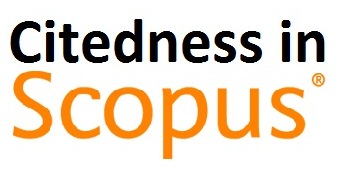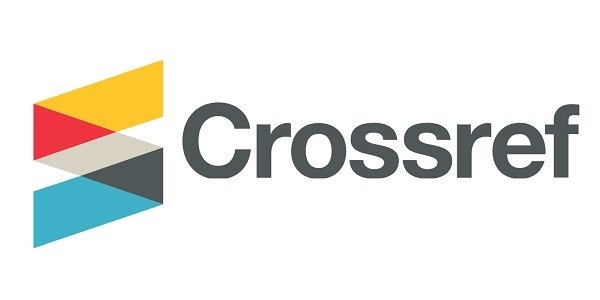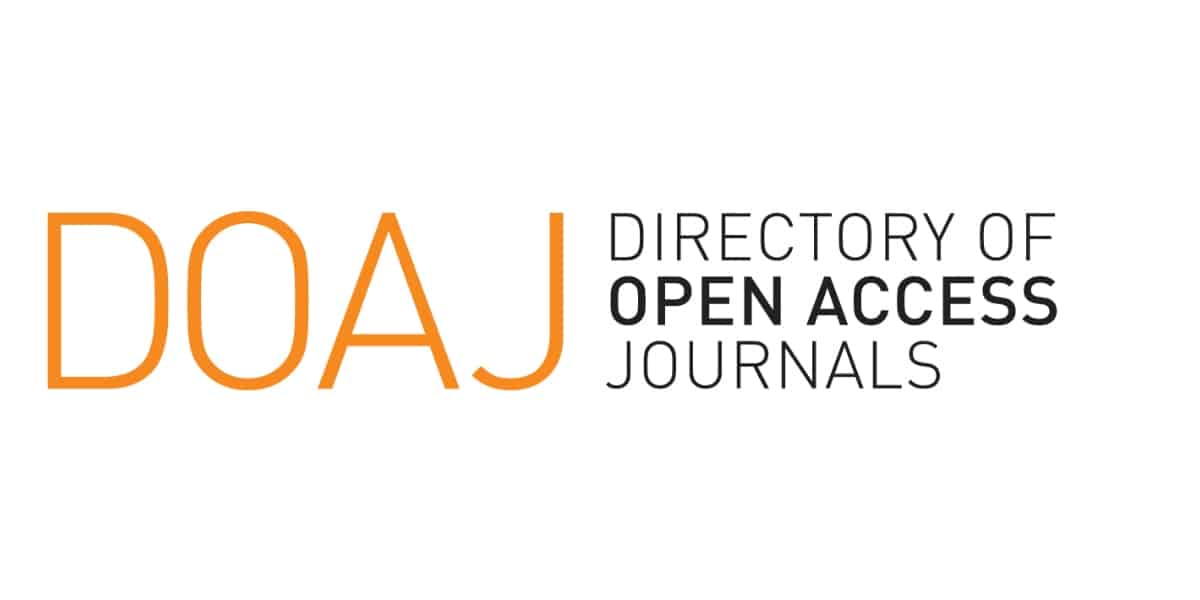EXTRACTION PROCESS OPTIMIZATION OF KAMANDRAH (Croton tiglium L.) SEED WITH EXPRESSION AND IDENTIFICATION OF ACTIVE INGREDIENT AS BOTANICAL LARVACIDE OF DENGUE FEVER PREVENTIVE
Abstract
ABSTRACTKamandrah seeds (Croton tiglium L.) have been proposed to be oil source for the botanical larvacide production. The purpose of this study was to determine the optimum conditions of expression for the extraction of kamandrah seed oil, by a respone surface methodology (RSM) used for the optimization included three variables: temperature, heating time, and expression pressure. This study was also to obtain the active compound contained in kamandrah seed oil as botanical larvacide. Chemical analysis and active compound identification were determined by the proximate analysis, gas chromatography (GC), and gas chromatography-mass spectrometry (GC-MS). The results of the proximate analysis of kamandrah seed oil were 6.29% water content, 3.6% ash content, 53.73% fat content, 11.98% protein content, 8.25% crude fiber, and 16.15% carbohydrates (by difference). An optimum kamandrah seed oil yield of 27.97% (b/b) was obtained in the following conditions: temperature expression of 85oC, heating time of 15 minutes, and pressure of 10.54 MPa. The oil had LC50 value of 42.65 ppm. The highest two main unsaturated fatty acids were oleic acid (42.44%) and linoleic acid (2.03%). The results of GC-MS analysis using “library NIST” showed that the active compound predicted as insecticide were piperidine and 1,4-naphthoquinone, whereas identification using “library pest.l” showed benfluralin, 2,3,6-trichlorphenol, dnoc, and propamocarb as active compounds for the larvacides.
Keywords: Croton tiglium L, Response Surface Methodology, the active compound, larvacide
Published
2012-05-23
How to Cite
dan Dyah Iswantini PradonoN. R. A. D. M. O. S. (2012). EXTRACTION PROCESS OPTIMIZATION OF KAMANDRAH (Croton tiglium L.) SEED WITH EXPRESSION AND IDENTIFICATION OF ACTIVE INGREDIENT AS BOTANICAL LARVACIDE OF DENGUE FEVER PREVENTIVE. Jurnal Teknologi Industri Pertanian, 21(3). Retrieved from https://journal.ipb.ac.id/index.php/jurnaltin/article/view/5162
Section
Articles

_page-00013.jpg)







_(1).png)

